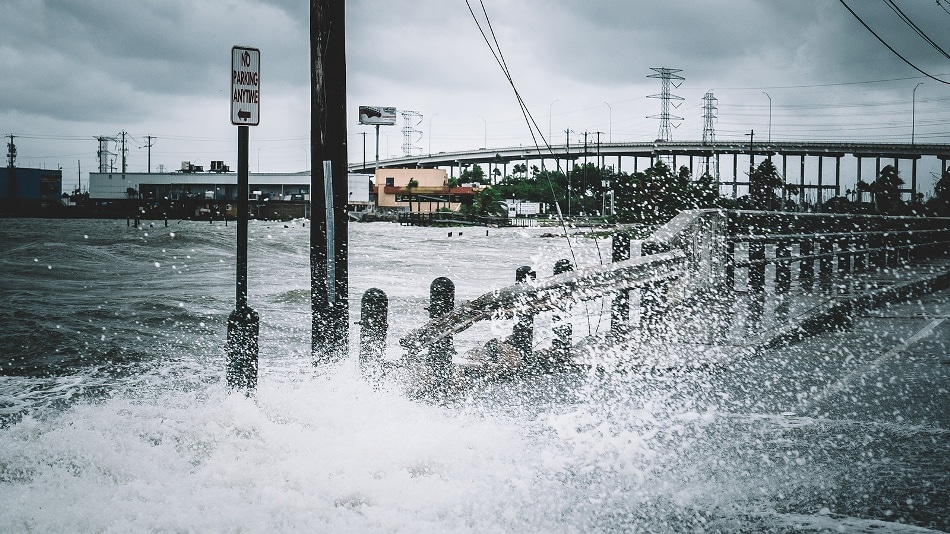Mar 29 2019
Argonne National Laboratory has partnered with AT&T on a climate resiliency project that will help AT&T better forecast, prepare for, and adapt to the influences of climate change and hazardous weather events.
 The high-resolution forecasting insights provided to AT&T by climate and infrastructure scientists from Argonne helped AT&T data scientists to develop a tool that can help anticipate the potential impacts of climate change on AT&T’s network infrastructure and business operations 30 years into the future. (Image courtesy of Shutterstock/Cire Notrevo)
The high-resolution forecasting insights provided to AT&T by climate and infrastructure scientists from Argonne helped AT&T data scientists to develop a tool that can help anticipate the potential impacts of climate change on AT&T’s network infrastructure and business operations 30 years into the future. (Image courtesy of Shutterstock/Cire Notrevo)
The high-resolution forecasting perceptions offered to AT&T by climate and infrastructure researchers from Argonne helped AT&T data experts to design a Climate Change Analysis Tool that can help forecast the potential influences of climate change on AT&T’s network infrastructure and business operations three decades into the future.
Global climate change does not affect all regions or communities in the same way. At Argonne National Laboratory, we are using high-resolution models and vast statistical techniques to project climate change at regional, local, and even neighborhood scales. AT&T applied this detailed information to AT&T’s infrastructure planning so it can safeguard networks and help ensure resiliency as the climate changes around it.
Dr. Rao Kotamarthi, Chief Scientist, Atmospheric Science and Climate Research Group, Argonne National Laboratory.
AT&T is piloting the Climate Change Analysis Tool in the southeastern United States, which has been hard-hit by hurricanes and severe weather in the last few years, and is investigating the option of expanding the project to include more regions in the future. Along with Argonne, AT&T will make Argonne’s high-resolution forecasting insights publically available, including municipalities, universities, and others to use in their own climate-risk analyses, which has the potential to be advantageous to whole communities.
Extreme weather and climate-related events disrupt businesses, public services and communities. Together with Argonne National Laboratory, we’re using industry-leading science and technology to assess the risks of a changing climate to our business so we can make data-driven decisions to better serve our customers and improve our corporate resilience.
Scott Mair, President, AT&T Operations
The climate modeling designed at Argonne has informed infrastructure resilience projects across several sectors in various parts of the U.S. In California, Argonne helped build models to properly plan for wildfire hazards to electric utilities. In the Northeast, Argonne researchers helped detect hurricane and sea-level-rise impacts to coastal energy infrastructure. Argonne has also assisted some of the country’s biggest cities better prepare for heat-wave impacts on the electric grid and to communities.
Contrary to other organizations that focus on large-scale climate models, we are able to go into more detail because we use downscaling methods that focus on North America. Nowadays, global climate models look at 100-kilometer blocks. We are working at the 12-kilometer scale using downscaling methods, which means we can provide really actionable information to whoever needs to make decisions about infrastructure systems. We’re also going deeper than that and we’re working on a 4-kilometer-scale model over North America.
Cristina Negri, Director of Environmental Science Division, Argonne National Laboratory.
Helping Businesses and Communities Better Cope with Extreme Weather